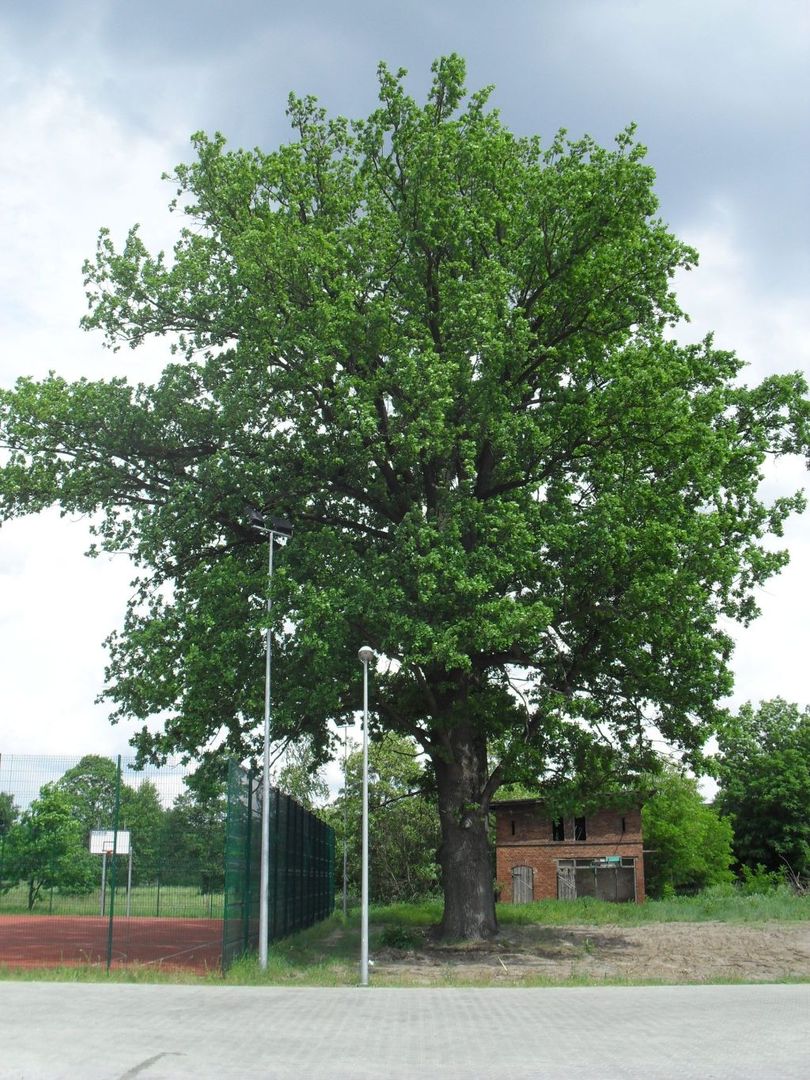Calf
6.67

Overview
Ciele is a village located in the Kuyavian-Pomeranian Voivodeship, within the municipality of Białe Błota. It is characterized by its suburban nature and scattered development. Historically known as Cielę, the village boasts a rich history dating back several thousand years BC and has long-standing ties with the city of Bydgoszcz, to which it administratively belonged for many years. The village was first mentioned in historical records in 1673. In the 18th century, Ciele became a settlement for Olędrzy colonists who arrived from the Netherlands, contributing significantly to the development of agriculture in the region. During the 19th century, the village was known for land leasing and the breeding of sheep and pigs. In the interwar period and after World War II, Ciele underwent demographic changes, shaping a new cultural identity. A notable landmark is the historic neo-Gothic Church of Our Lady of Sorrows, which originally served as an evangelical temple and now functions as a Roman Catholic church. Ciele is also home to natural monuments, including oak trees with impressive trunk circumferences. The village is surrounded by the Bydgoszcz Forest (Puszcza Bydgoska) and the Bydgoszcz Nadnoteckie Meadows (Bydgoskie Łąki Nadnoteckie), offering numerous recreational opportunities. However, access to some forest areas was limited after the construction of the S10 expressway in 2008. The village is dynamically developing, benefiting from its proximity to Bydgoszcz, which has led to suburbanization and a growing population that has now exceeded one thousand residents. Economically, it stands out due to the presence of the company Bohamet, which employs over 250 people. Ciele offers sports and educational infrastructure, as well as active local communities, such as the "Osiedlanki" Club.
Location
2025 Wizytor | All Rights Reserved